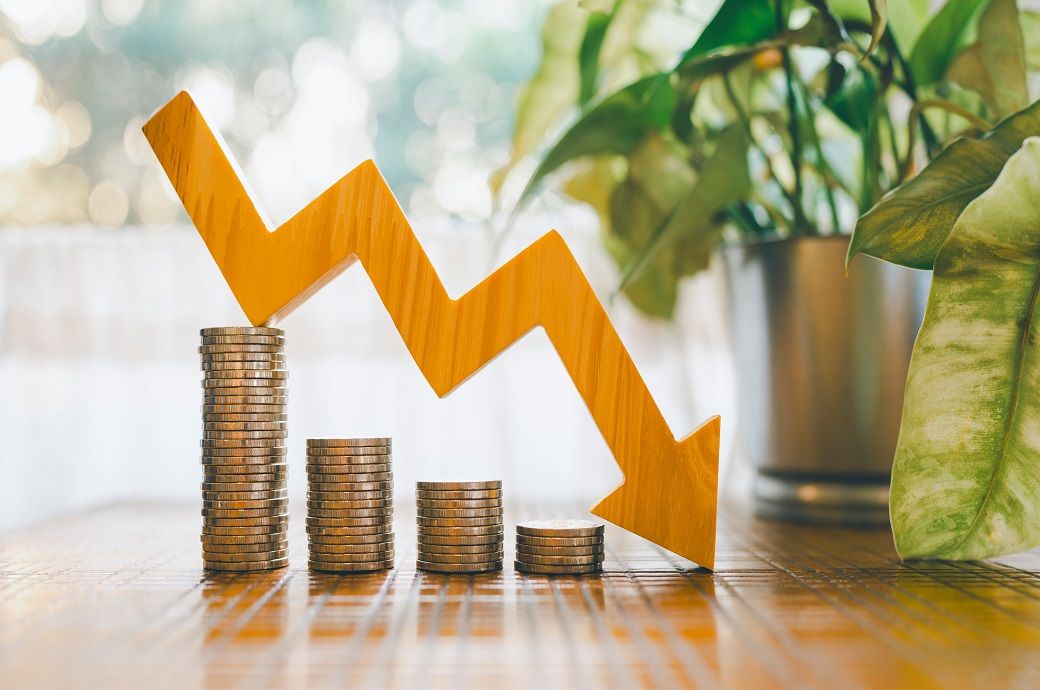
The growth is significantly weaker than the 5.1 per cent average growth of 2000-09 and below what is needed for the region’s middle-income countries to achieve their aspiration of attaining high-income status within a generation or two. Lower inflation is prompting some central banks to start cutting policy rates this year. Policy caution prevails, however, amid concerns about persistent price pressure, stated the World Bank’s Economic Update for the Europe and Central Asia region.
“Countries of the Europe and Central Asia region have ably navigated the recent shocks of high inflation, the fallout from Russia’s invasion of Ukraine, and weak expansion in the European Union, the region’s key export market. To achieve stronger productivity growth over the longer term, it will be important for the countries of the region to improve substantially the quality of both secondary and higher education, key for bolstering human capital and creativity,” said Antonella Bassani, World Bank vice president for Europe and Central Asia.
Economic growth in the developing economies of Europe and Central Asia currently is underpinned by private consumption because of rising wages, government transfers to households, and falling inflation. Remittance inflows are also above pre-pandemic levels, and they continue to support economic expansion in the Western Balkans, the South Caucasus, and Central Asia, said the report.
Tourism is a bright spot in the region’s growth story, however, recovery in goods exports has faded due to the slowdown in the European Union.
In Ukraine, substantial damage from Russia’s invasion and extensive electricity disruptions are likely to slow growth from 5.3 per cent last year to 3.2 per cent this year and 2 per cent in 2025. In Russia, tighter monetary policy and increasingly binding constraints on production capacity and labour resources are expected to slow growth from 3.6 per cent in 2023 to 3.2 per cent this year and 1.6 per cent in 2025.
Growth in Turkiye, the region’s second largest economy after Russia, is set to slow to 3.2 per cent this year, from 5.1 per cent in 2023 because of the ongoing rebalancing of the economy from consumption-led expansion and the normalisation of monetary and fiscal policies.
Fibre2Fashion News Desk (SG)